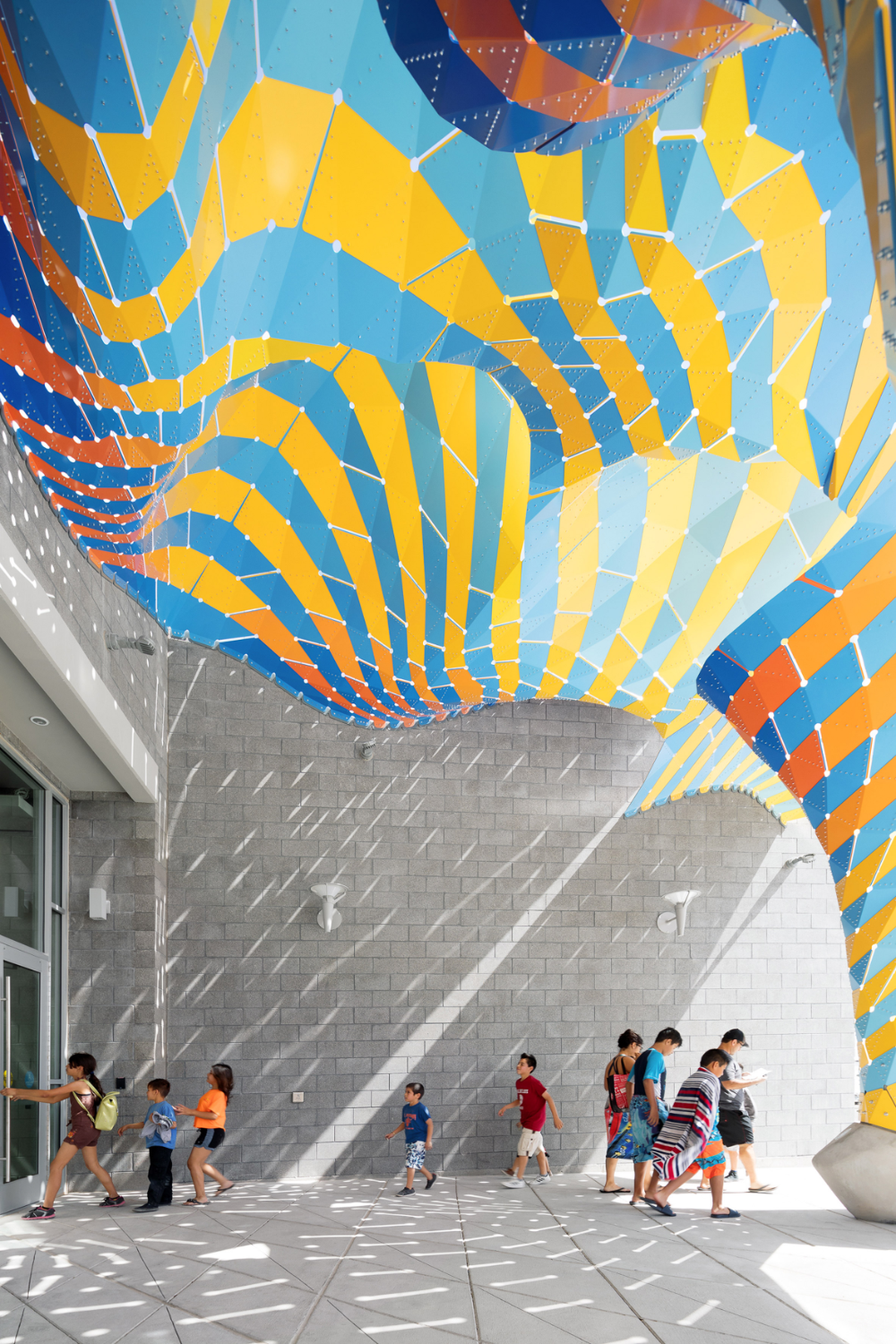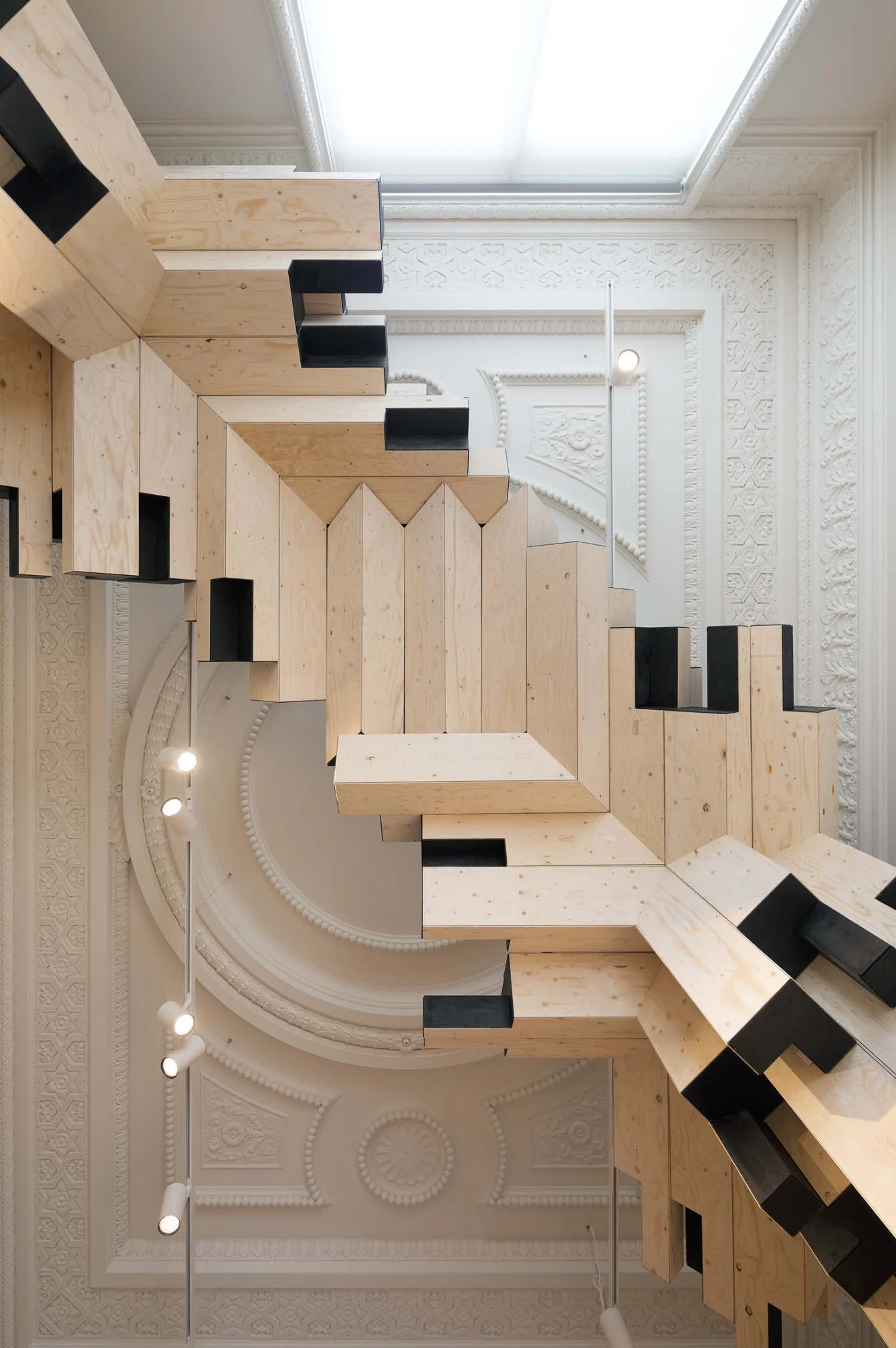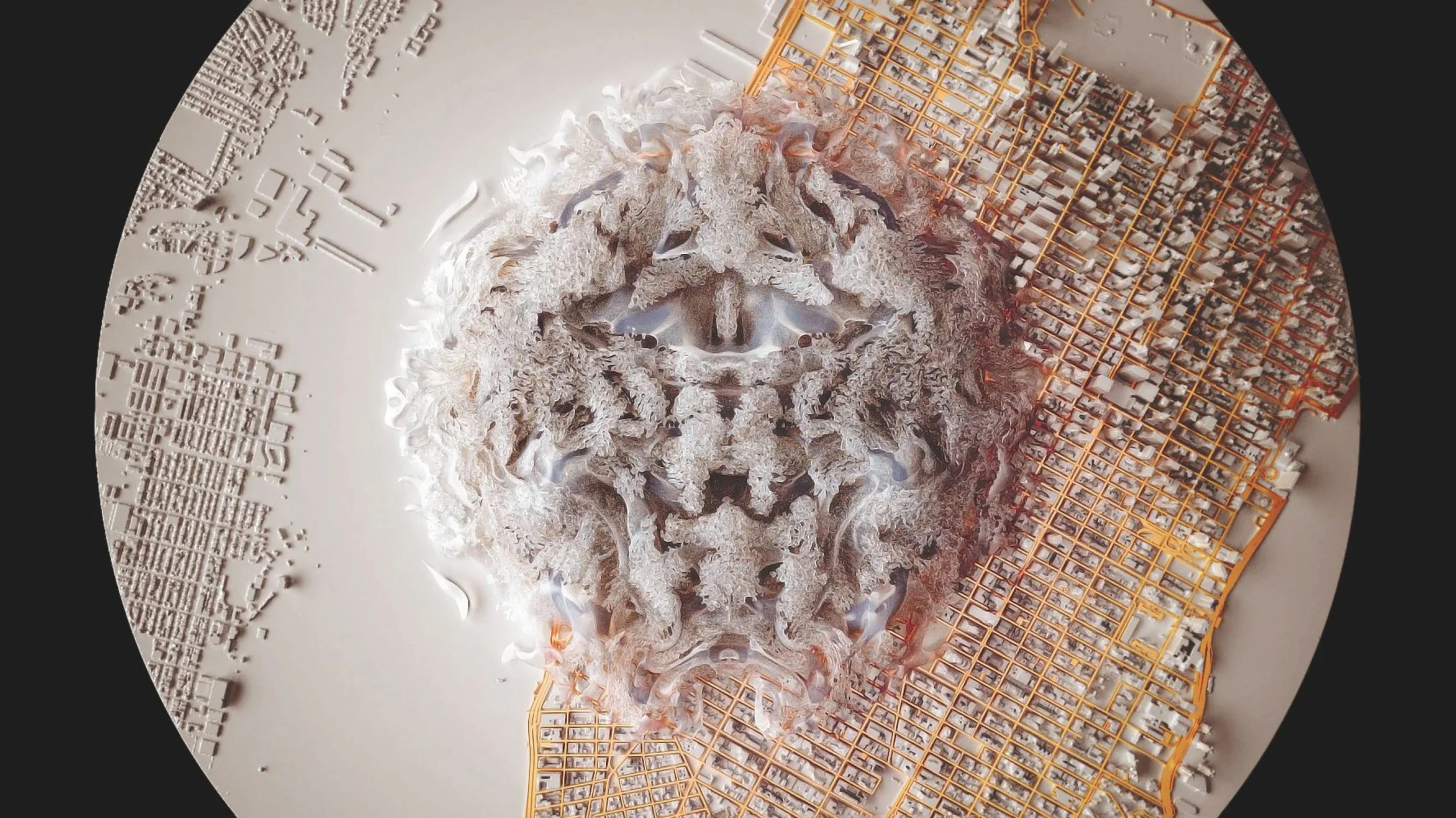P R O L E A R N
Computational Design uses computer algorithms and computational techniques to generate architectural design models and analyses. It encompasses parametric design, generative design, and other data-driven approaches to create multiple design solutions based on set parameters and constraints.
Cost Efficiencies
Time Savings: Computational design can reduce design time by up to 50% through rapid iteration and automation of repetitive tasks.
Resource Optimisation: By optimising material use and building performance, computational design can potentially reduce construction costs by 15-20%.
Error Reduction: Automated processes and data-driven decision-making can significantly reduce costly errors and rework during construction.
Sustainability Benefits
Energy Efficiency: Computational design enables precise environmental analysis, potentially improving building energy performance by up to 30%.
Material Optimisation: By optimising structural elements and material choices, computational design can reduce material waste by up to 15%.
Lifecycle Analysis: Computational tools facilitate comprehensive lifecycle assessments, supporting more sustainable design decisions.
Innovative Applications
Complex Geometry Handling: Enables the creation of intricate, previously challenging geometries, expanding architectural possibilities.
Generative Design: Produces multiple design options based on set parameters, allowing exploration of innovative solutions.
Performance-Based Design: Integrates environmental, structural, and user-centric analyses into the design process for optimised outcomes.
Challenges and Considerations
Learning Curve: Mastering computational design tools requires significant time investment and new skill sets.
Data Quality: The effectiveness of computational design relies heavily on the quality and accuracy of input data.
Balancing Automation and Creativity: There's a need to maintain human creativity and intuition alongside computational processes.
Future Outlook
As technology advances, computational design is set to play an increasingly crucial role in the AEC industry. Integration with AI, machine learning, and IoT is likely to further enhance its capabilities, leading to more efficient, sustainable, and innovative building designs.
Call to Action:
Evaluate your current design processes to identify opportunities for integrating computational design tools. Consider pilot projects that leverage these technologies, and invest in developing the necessary skills within your team to harness the full potential of computational design.







